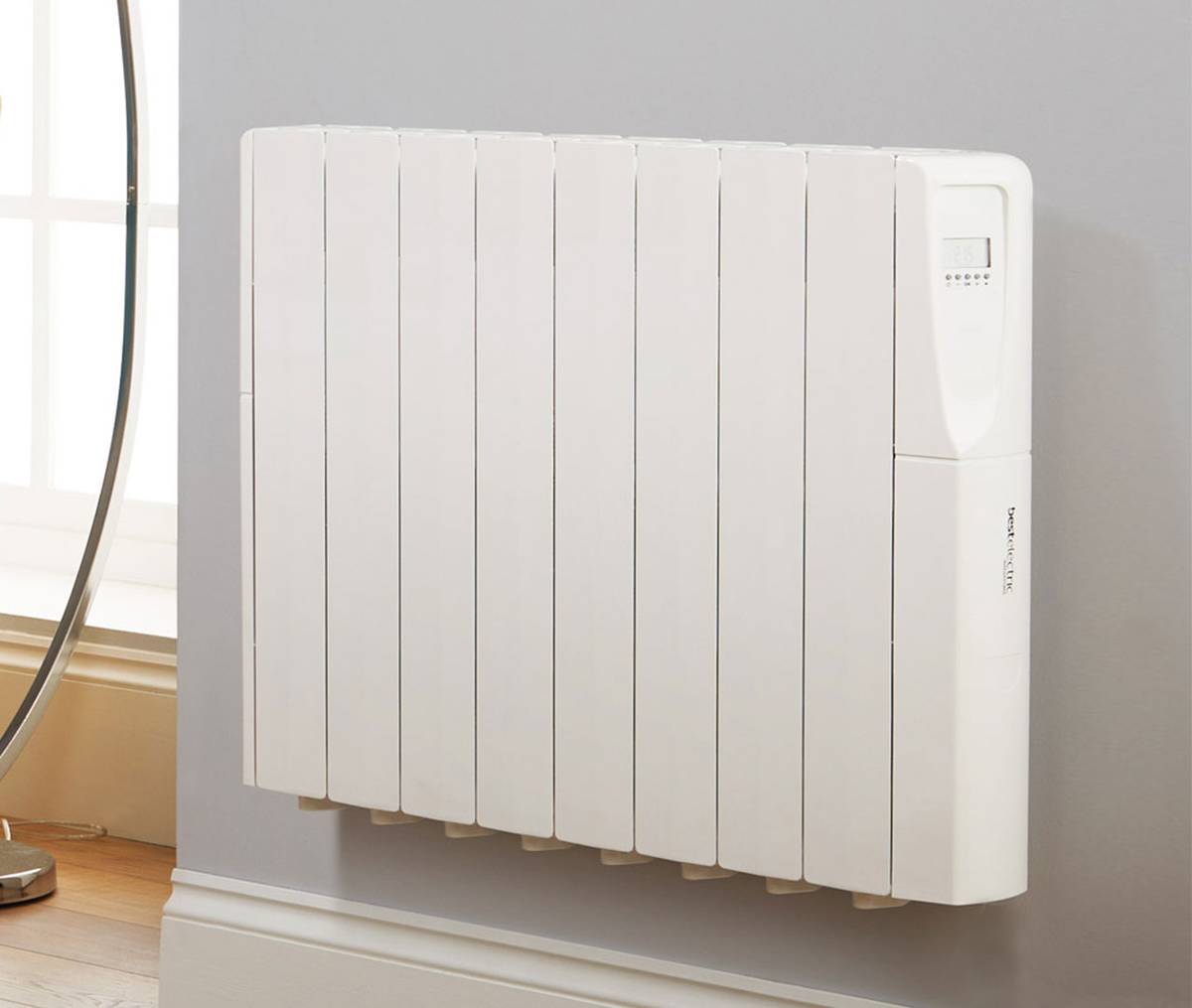As the freezing months of winter draw near, homeowners are bracing themselves for increased energy bills due to their home’s heating system requirements. While it is customary to utilize more energy in the winter, many people do not take sufficient precautions to prevent a skyrocketing bill. Few of us can afford these sudden bill increases, struggling to fit them into our household budget. Using a few simple measures can reduce your energy consumption, keeping your bill more affordable. Here are four absolute musts that you should incorporate into your energy savings plan this winter:
Replacing existing heating systems
Outdated gas-fired central heating system use significant amounts of energy and are less effective than energy-efficient radiators from BestElectricRadiators, Herschel Select, and Technotherm. BestElectricRadiators offers a wide range of heating solutions for your home, each designed to use minimal energy while producing optimal heating conditions. Its slimline wall-mounted radiators take up hardly any space and do not infringe on the room’s area. Some models operate using your home Wi-Fi system and an app, allowing you to control their temperature or switch them on or off wherever you might be. This feature means that homeowners do not need to worry if they remembered to turn their radiators off before leaving the house.
Newer heating appliances use the latest technology to reduce energy consumption, saving their owners hundreds of dollars in energy expenditure. They are more eco-friendly, reducing your carbon footprint by minimizing how much energy you use, often sourced from non-renewable resources.
Sealing the home
Homeowners should do an annual exterior and interior house inspection to look for cracks and gaps that allow cold air to flow indoors and hot air to escape outside. No matter how small the opening, it can increase energy consumption as your heating system thermostat attempts to maintain a regulated temperature. While undertaking this inspection process is not always convenient, it allows you to identify various maintenance issues, including those pertaining to preventing air movement in or out of your home.
Start with the roof, inspecting the tiles or shingles, ensuring that none are cracked or damaged. Have any broken roofing material repaired or replaced. Hot air flows upward and will escape via the roof. Following this step also prevents water leakage into your home from heavy rain or snow. Second, check around each door and window frame, from both the interior and exterior. Cracks or fissures form where the frames attach to the house structure. Seal them with weatherproofing tape or have the frames re-caulked. Finally, check whether drafts enter your home under the doors and use draft excluders to prevent air leakage.
Safety measures
Avoid overloading wall sockets with plugs for various heating appliances or using too many extensions with multiplug adaptors. They place undue strain on your home’s electrical wiring systems, with an overload potentially causing a house fire. Have your fire extinguishers checked and place them around the home strategically, ensuring that all householders know how to use them.
Most house fires occur during the winter from fireplaces, overloaded electrical outlets, and gas leaks. While you should do routine checks and maintenance on your home’s smoke detectors, pay them extra attention as the winter months approach. Change the batteries and ensure they are fully operational. Additionally, install and maintain carbon monoxide detectors if you use fuel-burning heating systems, such as a fireplace. Carbon monoxide is a byproduct of fire that is undetectable and potentially fatal if not detected early.
Lowering thermostat temperatures
Your home does not need to be warm enough to feel like a tropical paradise during the winter. By adjusting your thermostat temperature down a degree or two, you will see phenomenal energy savings. Invest in a thermostat timer or a smart device that lets you set different thermostat temperatures throughout the day to save energy by reducing it for the hours while no one is home and raising it an hour before the first household is due to return.
During a below-freezing cold snap, turn the thermostat back up to a higher temperature. However, once conditions return to normal, reduce it again to maximize energy savings while ensuring that your home remains warm. While the indoor temperature might be lower when you turn down your thermostat, extra layers of clothing or blankets will keep you sufficiently warm.
Read also: How Does an Electrician Make a Difference in Home Improvising?




